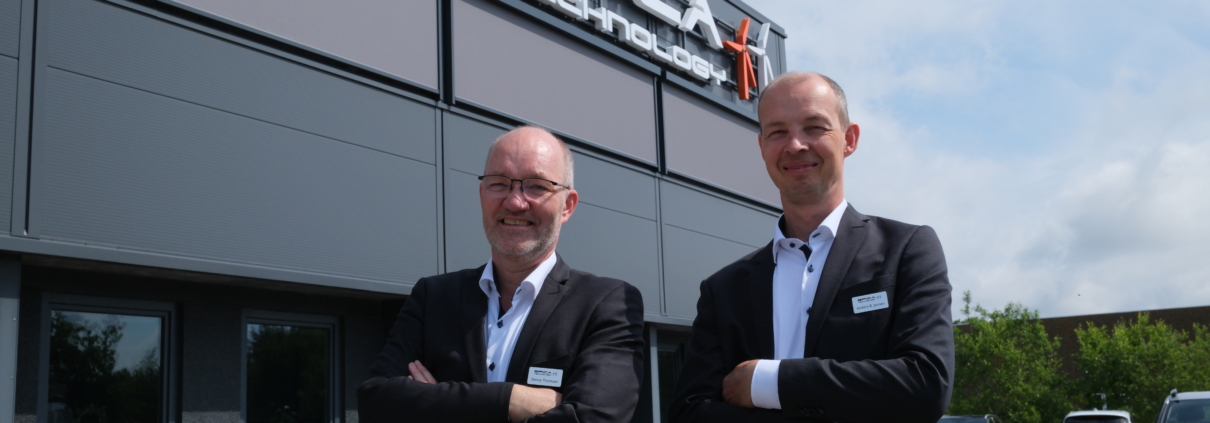Spica installs solar system on new factory
SILKEBORG, DENMARK | This summer, we have not just enjoyed the sun; we have been harnessing its power through our newly installed 100 kWh solar system on the roof of our production building.
The system is primarily designed to powering our heat pump, providing the electricity needed for some of our daily operations. Additionally, the energy generated helps support indoor lighting across our production, warehouse, and electronic production departments. However, it is important to note that the effectiveness of the solar panels depends on sunlight availability, so this initiative is a step toward increased energy self-sufficiency.
These are some measures we have taken because we want to be as self-sufficient as possible to reduce our CO2 emissions. And our consumption of electricity and heat are things that we knew right away we could address.
CEO, Benny Thomsen
The numbers are not clear yet, as the system has only been installed since end March 2024. But since then and until end August 2024, it has produced 55 MWh, which correspond with a reduction of 38,96 tons CO2. We look forward to share with you how a year’s production looks like, and how much it helps us reduce our CO2 emissions.
As mentioned, our gain from this is to be as self-sufficient as possible, but we do not know the true numbers and facts just yet. We will follow up.
Contribution to the UN Sustainable Development Goals (SDGs)
This initiative aligns with the UN’s Sustainable Development Goal 7: Affordable and Clean Energy. By investing in renewable energy, Spica Technology is contributing to ensuring access to affordable, reliable, sustainable, and modern energy.
Looking ahead with ESG reporting
While Spica has yet to reveal an ESG (Environmental, Social, and Governance) report, we plan to begin reporting in 2025. This marks the beginning of our commitment to transparency and accountability in our sustainability efforts. We recognize the importance of learning and implementing new strategies to reduce our carbon footprint further, ensuring that our business practices align with global sustainability goals.
I believe that the initiatives we are taking, are in line with our company’s DNA, because of the industry we are part of. We also have our own wind turbine, which produces electricity. But we found it important to install these solar panels on our roof to feed the heat pump, so that hopefully we can become self-sufficient, at least when the sun is shining.
CEO, Benny Thomsen




